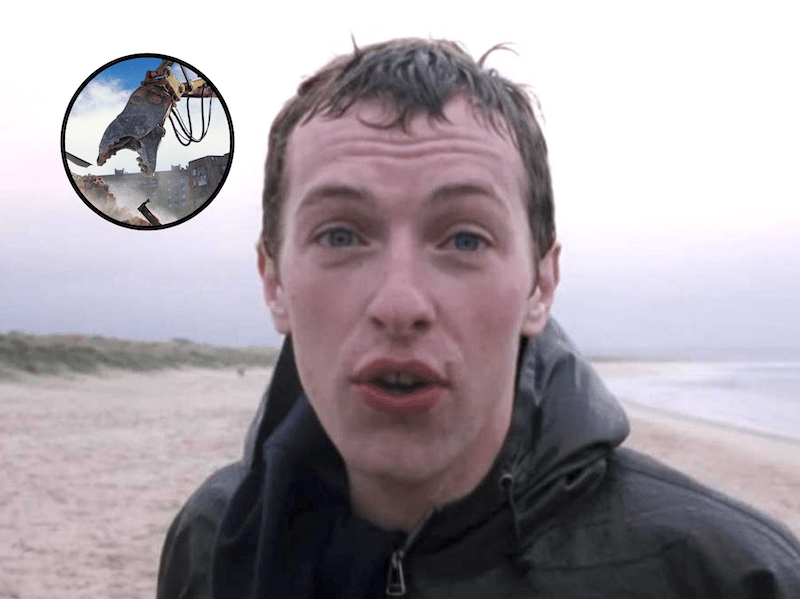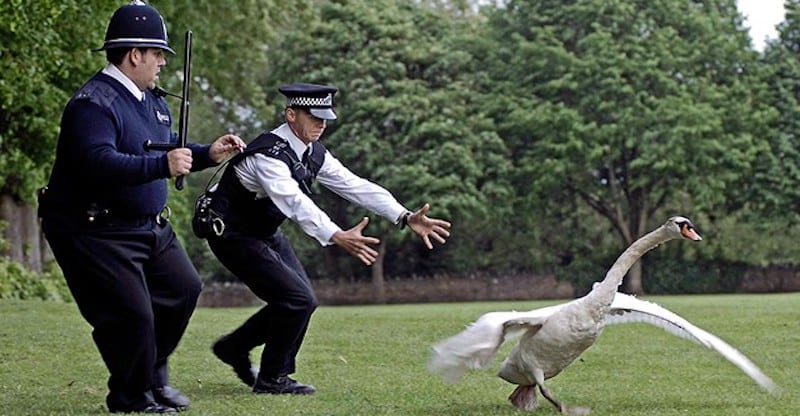"If you don't like it, don't buy it!"
Chris Martin has been a fixture on the popular culture scene for some time now. The lead singer of Coldplay burst into our consciousness in 2000 with the band’s smash hit Yellow then cemented his place there by marrying historically significant actress Gwyneth Paltrow, making Apples then consciously uncoupling.
Martin has also been notable in our much smaller surf scene for almost equally long, taking up longer boarding and going left, or right, in Hawaii, Costa Rica and, of course, Malibu (Point Dume specifically) where he just purchased an architecturally significant home built by one John Lautner.
The architect, known for his beautiful use of space and form, he was also influential in his use of materials, Jean-Louis Cohen noting:
There is absolutely no dogma in Lautner’s attitude to materials; as a result he never subordinates the design concept of his buildings to any rigid rule that would require the primacy of a single material in a project. Even where he demanded rigorous continuity and integrity, as with wood in the Walstrom House and concrete at Marbrisa … he never allowed that to undermine the sense of structure and always took into account the need for a certain structural logic … He was happy to bring together wood and concrete … as he did in the Desert Hot Springs Motel … to have cables meet concrete and plastic, as in the Tolstoy House, to carry a wooden roof on steel supports, as in the Garcia House, or, so evident in the Chemosphere, to allow three radically different materials to work with each other – a structure of laminated lumber to enclose the dwelling area, metal struts to carry it, those struts bolted onto the vertical concrete column that anchors the unit to the hill.
Well, Martin decided he did not like the space, form or materials and ripped the entire thing down, The Lautner Foundation taking to Instagram and decrying, “If you don’t like it, don’t buy it! Shame on Chris Martin for knocking down the Garwood Residence… another Lautner lost to the ages…”
What will the singer build in its place?
One can only imagine.







